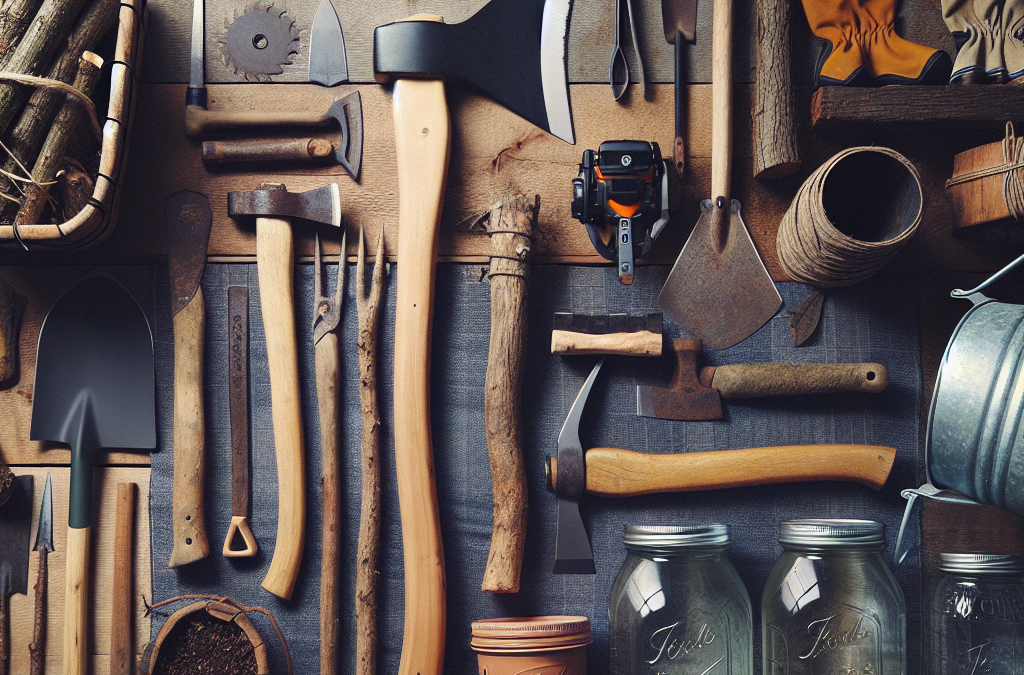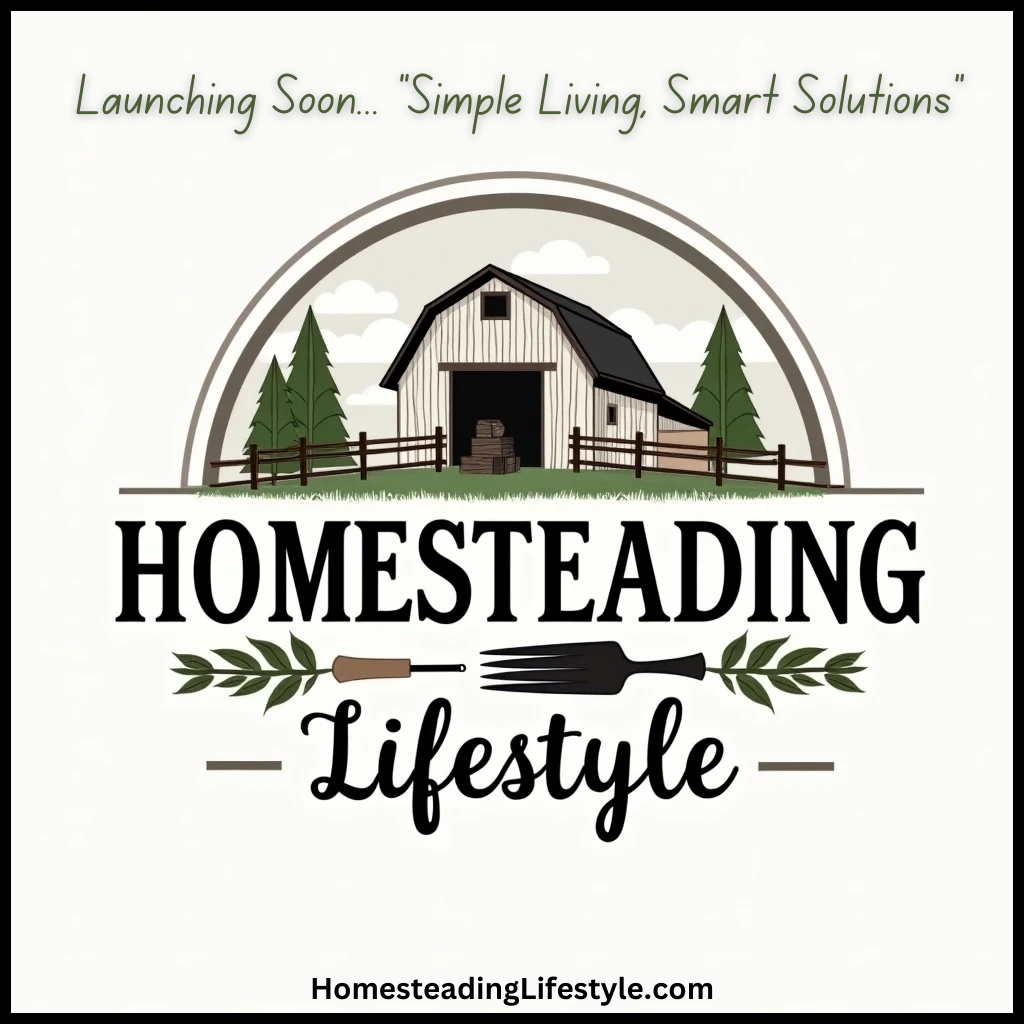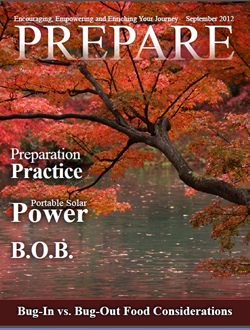Planning and Research
Understanding Your Goals
Before diving into my homesteading adventure, I found it super important to clarify my goals. Was it self-sufficiency I was after, or just a passion for nature? Setting clear intentions sets the tone for every decision that follows. Take a moment to jot down what you really want out of this experience.
With those goals written down, I was able to visualize what my dream homestead would look like. Whether you’re into gardening, raising livestock, or simply want an escape from city life, knowing your aspirations will guide your journey. It’s like having a roadmap for uncharted territory.
And trust me, the excitement of pursuing your dreams is contagious! You’ll find that sharing these goals with friends or family can also spark new ideas and connections that enrich your homesteading path.
Researching Resources
Once I had my goals in mind, the next step was diving into research. I picked up books, followed blogs, and even subscribed to YouTube channels about homesteading. Trust me, there’s a wealth of info out there, and connecting with seasoned homesteaders can save you tons of time and headaches.
Let’s be real, learning about soil types, climate considerations, and plant growth preferences is crucial if you want a thriving garden. I found that joining local gardening clubs and attending workshops opened up a community of like-minded folks who were more than willing to share their tips.
In addition to books and local groups, don’t forget about online forums! Places like Reddit have tons of active members who are happy to share their wisdom, which can be an invaluable source of experience and advice.
Creating a Budget
A huge lesson I learned early on was that homesteading needs a budget, and sticking to it is key! Listing out all my potential expenses helped me feel prepared and less overwhelmed. From buying seeds and tools to ensuring I had enough to sustain any livestock, being financially aware kept my dreams from unraveling due to money woes.
It’s also smart to overestimate costs — trust me, things rarely go as planned, right? I accounted for unexpected expenses, which allowed me to remain calm when surprises popped up. Having that cushion made my financial planning feel a lot less daunting.
Finally, setting aside a small emergency fund within my budget eased my worries. It gave me the freedom to take risks and try new things without being paralyzed by fear of running out of funds. A little extra cushion can go a long way!
Choosing the Right Location
Site Assessment
Location, location, location! That old real estate adage rings true for homesteading too. When I was looking for land, I made sure to evaluate the site thoroughly. Checking for sunlight exposure, drainage, and soil quality was essential for my gardening plans and everything else I had in mind.
Water supply was another biggie! Whether you’re relying on rainwater or a more permanent water source, ensuring you have access to water for plants and animals is non-negotiable. It’s amazing how these natural resources can dictate what you can grow and raise!
Lastly, thinking about how close I wanted to be to local markets and suppliers was key. I wanted that balance between rural serenity and convenient access to resources. Trust me, save yourself the headache and consider your proximity to town when choosing your homestead location!
Safety and Security
Once I found my dream spot, the next step was ensuring it was a place of safety and security. Installing sturdy fences around my property made all the difference, especially to keep my future feathered and furry friends safe from predators. Plus, it just felt good knowing I had a boundary securely in place.
I also looked into potential hazards like wild animals and other threats to my homestead. Researching how to handle things like skunks or raccoons became a priority to maintain a peaceful environment. Creating a game plan for how to handle these situations, if they arose, was super reassuring.
Lastly, I’d recommend being part of the local community. Making friends with your neighbors isn’t just about friendly chit-chat; it can also offer an extra layer of safety and support. You never know when someone may lend a hand or become a trusted ally in tough situations.
Accessibility
Accessibility went even further for me — not just in ease of getting to the homestead, but also how I’d navigate it once I was there. Ensuring a clear pathway for reaching different parts of the property became a priority as I began planning my layout.
Think about it: easy access to your garden, toolshed, and livestock pens will save you a load of time and energy. I personally became a big fan of creating designated paths that were easily navigable throughout all seasons. No one wants to trudge through mud, right?
Another thing I learned was to maintain good access to power sources and waterlines. If you plan on utilizing any type of machinery or have livestock requiring constant water supply, mapping out those connections ahead of time will make the whole operation run smoother. Simple organization leads to incredible efficiency!
Essential Equipment and Tools
Hand Tools
Getting my hands dirty was one of the most enriching parts of homesteading, and for that, I needed some quality hand tools. When I first started, I invested in essential tools like a shovel, hoe, and rake. These might seem basic, but they’ll save your back and time when breaking ground or maintaining your garden.
As I learned more about planting and bed preparation, I quickly understood that having a good pair of pruning shears was indispensable. They allowed me to maintain my plants and trees without much hassle. Don’t scrimp on quality here; cheap tools will only lead to frustration over time.
Lastly, a good wheelbarrow made my life so much easier. It’s a must-have for carting dirt, compost, or even harvests from your garden. Trust me, investing in the right high-quality gear will help you enjoy the entire homesteading experience more, rather than it becoming an uphill battle!
Power Tools
As I got deeper into homesteading, having the right power tools made a world of difference. For me, a reliable chainsaw was not only a fun tool but also essential for maintaining my property, especially when I needed to clear dead branches or prepare firewood.
Having an electric or gas-powered tiller saved my back and time when it came to preparing garden plots. It’s a blessing to let technology help out with the strenuous stuff! Plus, nothing beats the satisfaction of a well-tilled garden, just waiting for seeds to be sprinkled down.
Lastly, a quality drill is one of those tools you’ll find a million uses for as your homestead evolves. From building fences to creating raised garden beds, you’ll quickly find that having power tools makes tasks a whole lot faster and more enjoyable!
Animal Care Tools
If your homesteading plans involve animals, then you’ll need to gather supplies for their care. For me, investing in high-quality feeding and watering systems had a significant impact on my livestock operations. Automated systems helped save time and ensure my animals always had the essentials.
Additionally, having the right grooming tools is vital; whether it’s brushes for my chickens or clippers for my goats, my emphasis on animal wellness improved their health and happiness. Happy animals lead to a flourishing homestead!
Don’t forget about having first-aid kits ready for emergencies. Being prepared for anything is critical in animal husbandry, so stock up on necessary medications and equipment whenever possible. It’s better to be safe than sorry!
Community and Social Connections
Networking with Local Farmers
Building a community was one of the most rewarding parts of my homesteading journey. Connecting with local farmers not only deepened my understanding of what works in the area but also fostered lasting friendships. These people are often more than willing to share tips about what crops thrive or how to deal with common pests.
I found that attending local farmer’s markets or agricultural fairs created opportunities to meet others who share your passion. It promotes a tight-knit community where everyone helps out, making it a fulfilling experience. Plus, who doesn’t love sample tastings fresh from the farm?
Many local farmers also offer workshops, which can be a joy to attend. Hands-on experience with others in the community ignited my passion further. Knowledge is power, and learning from others has countless benefits that go beyond just practical skills.
Joining Homesteading Groups
Another crucial piece of my community-building puzzle was joining local homesteading or gardening groups. These were often filled with individuals at various stages on their journey. Meeting others who understood the struggles and triumphs provided camaraderie I didn’t know I needed.
Whether through social media or community bulletin boards, these groups often share a wealth of information, including seasonal planting schedules, local events, and networking opportunities. Plus, they frequently organize meet-ups that just make processes more fun!
It was through these groups that I got to participate in skill-sharing sessions; I learned beekeeping from one member and canning techniques from another. Learning from one another was a magical experience and expanded my homesteading knowledge exponentially!
Sharing Your Journey
Sharing my homesteading journey on social media platforms has created an unexpected community for me. As I documented my ups and downs, I connected with fellow homesteaders around the globe. It’s nice to have a virtual support system full of kindred spirits — they truly get it!
Not only does sharing your journey keep you accountable, but it also serves as inspiration for others. When I post about my successes, I’ve noticed others comment about trying things out for themselves. It’s like a ripple effect of encouragement, which is something I genuinely cherish.
Lastly, consider blogging or starting a YouTube channel if you’re feeling adventurous! Not only can sharing inspire others, it often forces you to reflect deeply on your practices and perhaps even learn something new along the way!
Understanding Sustainability
Permaculture Principles
When I first stumbled upon permaculture, it was a total game-changer for my homestead. This sustainable method focuses on working with nature rather than against it, incorporating elements that promote harmony and efficiency among plants, animals, and environments. It’s like nature’s cheat sheet!
What I particularly love about permaculture is how it encourages closed-loop systems. For instance, my composting practices feed my garden, which sustains my kitchen, and even provides scraps back to the animals. It’s a beautiful cycle that reduces waste while enriching my land.
Thinking about how different aspects of your homestead can support each other will lead to greater efficiency and resilience. Embracing a design philosophy around permaculture enhances not just productivity but the overall energy of your homestead for the long haul.
Organic Practices
Going organic was another priority for me when establishing my garden. It was essential not only for my health but also for the environment. Using natural fertilizers and pest control methods went a long way to ensure that my produce was as healthy as could be.
Creating a thriving ecosystem by attracting beneficial insects became part of my gardening strategy! Ladybugs and pollinators work wonders, so I intentionally planted flowers that attract them. Seeing colorful critters flitting about made my heart sing — it’s the little joys!
Overall, practicing organic methods fosters not just healthier food, but a healthier planet. Every small step of care we take towards Mother Nature matters and, in turn, enriches our lives in unexpected ways.
Water Management
As I dug deeper into homesteading, understanding water management systems became vital. After all, water is life! Initially, I set up a rainwater harvesting system, allowing me to catch and use that precious resource for my gardening needs. It felt so rewarding to utilize nature’s gift!
Drip irrigation was a game-changer in my garden, too. It conserved water while ensuring that plants got just what they needed. I love seeing how a couple of small changes can batch-reduce waste while maximizing efforts. It’s efficient and beneficial!
The more I educated myself on sustainable water use, the more I realized how crucial it is for overall homestead health. Developing methods that work with the environment makes a significant difference, ensuring both productivity and sustainability in the long run.
Resources for Continued Learning
Books and Guides
If you’re like me, a bookworm at heart, investing in good homesteading books is a must. I’ve built a small library of practical guides that have educated me on everything from gardening techniques to animal husbandry. Books offer that wealth of knowledge at your fingertips!
One series that truly helped was “The Backyard Homestead.” It covers a wide range of topics and breaks them down in easily digestible formats. I found it both relatable and easy to implement into my daily life, which is precisely what I needed.
Having a personal library not only offers immediate answers, but it acts as a fantastic kind of inspiration, too. Referencing past experiences while planning new projects has certainly been a rewarding journey.
Online Courses and Workshops
Sometimes, getting hands-on learning makes all the difference. I explored various online courses tailored to homesteading that not only provided immense information but put me in touch with instructors and fellow learners. The interaction made learning far more enjoyable!
Whether it’s through structured courses or local workshops, jumping into these experiences has expanded my horizons. It also allowed me to learn skills I initially felt nervous about, like canning or fermenting. I never imagined these processes could be so easy and fun!
Additionally, many communities organize seasonal festivals and events — hands-on training at these gatherings is often underappreciated! Solo learning is fine, but learning with others just brings that spark alive.
Videos and Online Communities
And let’s not forget about the power of visual learning! YouTube has become a treasure trove of homesteading videos that cover countless topics in an engaging way. By watching how it’s done, I picked up tips and tricks I may never have considered before.
Connect with online communities across platforms such as Facebook and Instagram, where people often share experiences, successes, and failures. These insights are gold, and seeing real-life applications helps tie concepts together. The camaraderie is awesome too!
Documentation of personal experiences from people sharing their homesteading journey resonates so deeply; it feels like you’re part of their story too. It’s refreshing and reminds us we’re all in it together!
FAQ
1. What are the essential tools needed for starting a homestead?
The tools you’ll need include hand tools like shovels and hoes, power tools like tillers and chainsaws, and specific animal care tools if you’re raising livestock. It’s all about making the work easier!
2. How do I connect with other homesteaders?
Joining local farming or gardening clubs, attending workshops, and participating in online communities are great ways to network and share knowledge with fellow homesteaders.
3. Why is sustainability important in homesteading?
Sustainability ensures that your homestead can thrive over time without depleting natural resources. It promotes the health of the environment, your produce, and your overall way of living.
4. How do I manage water effectively on my homestead?
Implementing rainwater harvesting systems, drip irrigation, and understanding your local water needs can enhance your homestead’s resilience and ensure you’re not wasting this precious resource.
5. What should I focus on when starting my homestead?
Start with planning your goals, choosing the right location, investing in essential tools, understanding sustainability practices, and continuously learning through books and community involvement.





